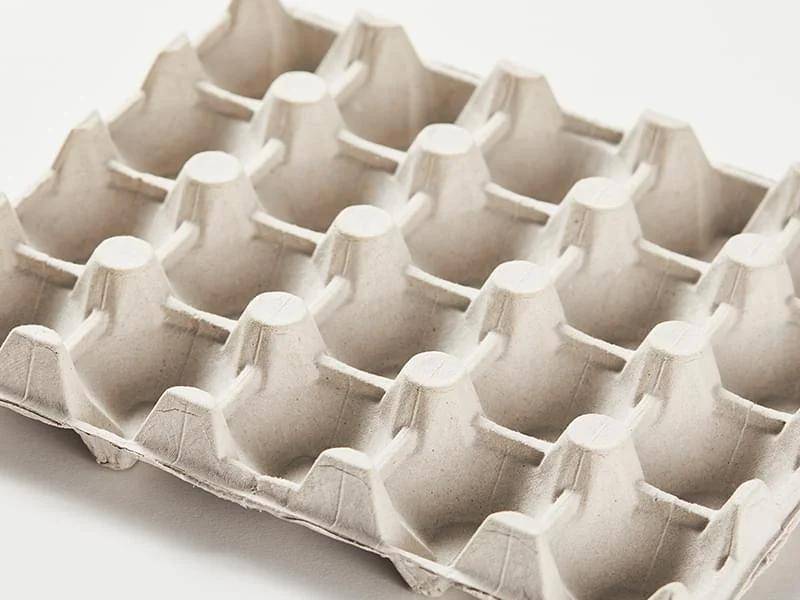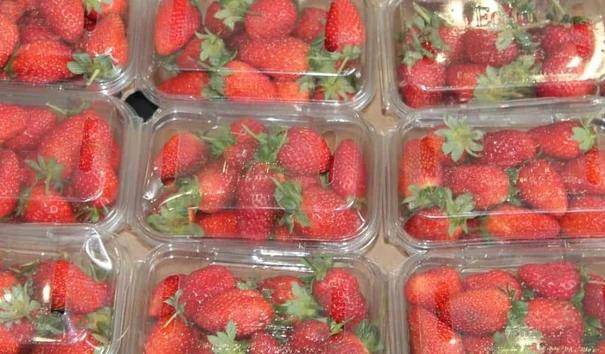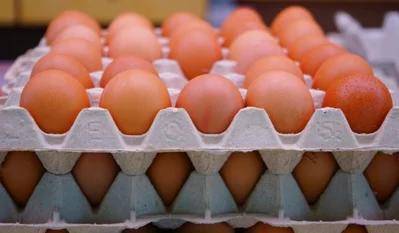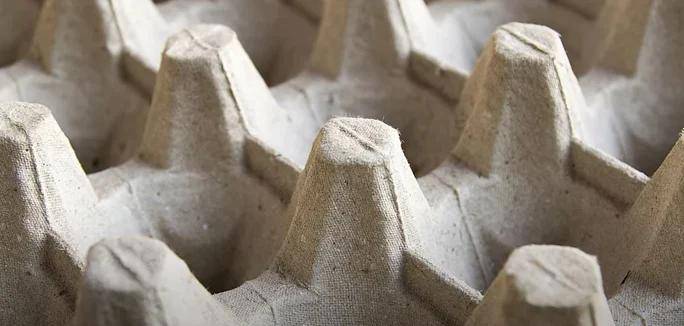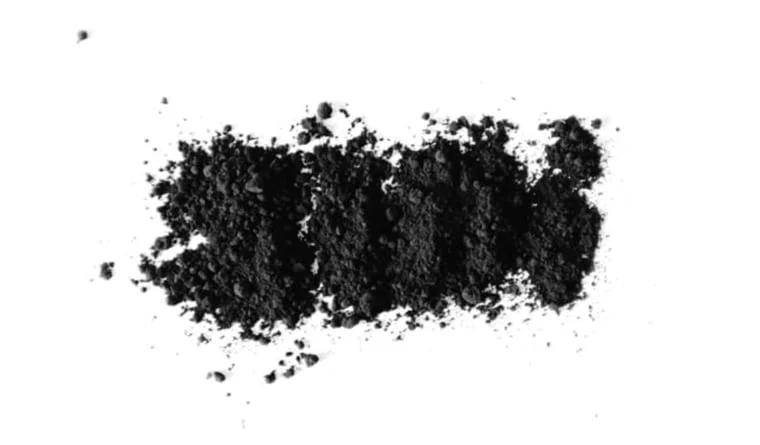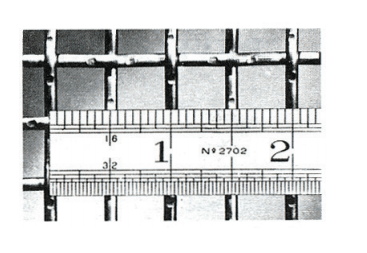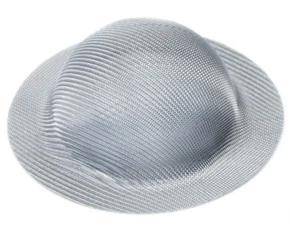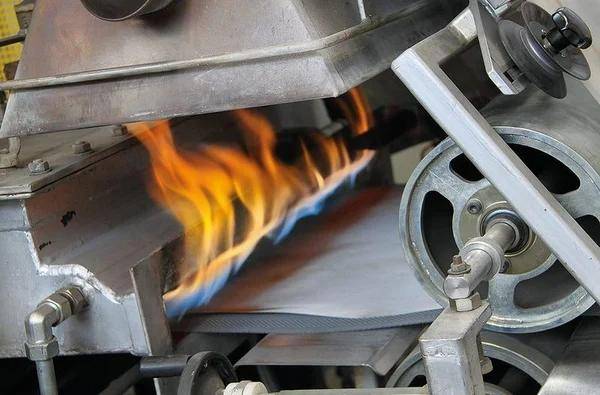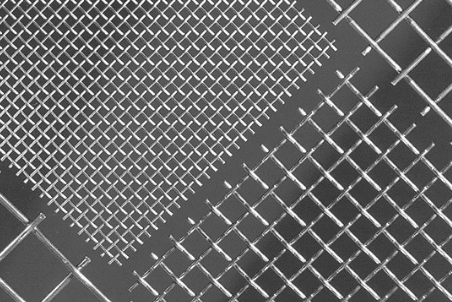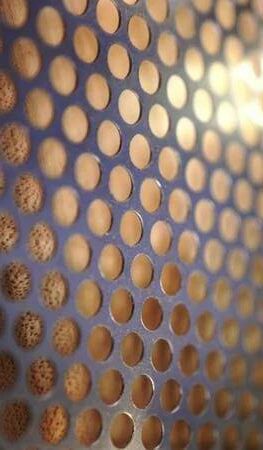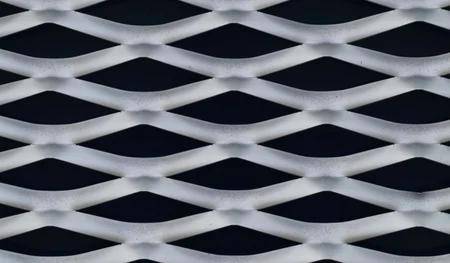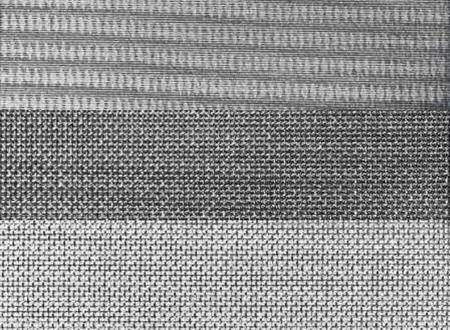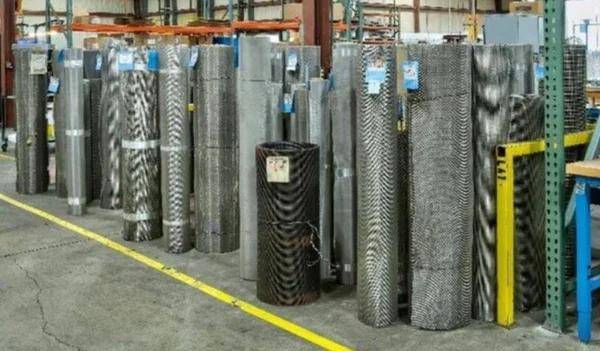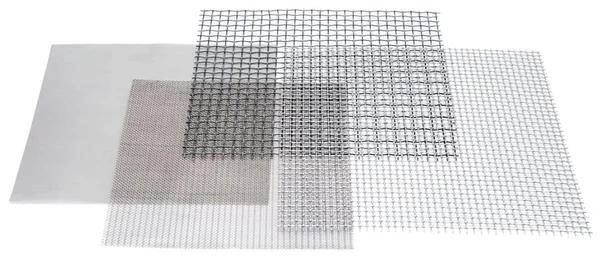How Are Wire Mesh Molds Made?
In order to ensure an even distribution of vacuum pressure and heat when manufacturing molded pulp products, the molds must be lined with formed wire mesh. As every detail of the molds will be transferred to the molded pulp, your wire mesh must be properly formed.
To do so, a specialized press must be employed. This press drives the mesh into a dye with uniform pressure, perfectly forming the mesh into the profile of your molds.
Understanding the Deep Drawing Process
To probably form your wire mesh molds into the profile of the molded pulp product, they must be deep drawn.
Deep drawing is best defined as the process in which a flat piece of mesh is altered to take on the three-dimensional profile of the product.
To properly deep-draw your mesh, you must first cut and pre-form the mesh piece in accordance with the parameters of the final mold. The mesh can then be loaded into the press machine.
This press machine is furnished with a die that accurately depicts the profile of the molded pulp product the mesh mold will be producing. The mesh will then be pressed into the cavity of the die, embedding each detail of the die into the mesh.
After being formed, any unnecessary material is trimmed.
This deep drawing process works to maximize the amount of screening capacity of your process; however, it also ensures your wire mesh molds fit into your equipment perfectly. But as with any value-added process applied to woven wire mesh, the deep drawing of wire mesh must be fine-tuned based on the alloy of the mesh and the profile of the final mold.
NOTE: Once placed into the pressing machine, we have found that turning non-circular wire mesh pieces at a 45-degree angle enables the corners of the mesh piece to be deep drawn effectively.
The Common Issue of Deep Drawing Wire Mesh
The production of molded pulp products that deliver heavily relies on properly drawn mesh molds. For maximum efficiency, you must understand the issues you can encounter when deep drawing wire mesh and how to prevent them.
Cracked mesh, wrinkled mesh, deformation, and spring back are the most noteworthy issues that can hinder your molded pulp production line.
Cracked Wire Mesh
Cracked wire mesh describes the development of broken wires in concentrated areas of a wire mesh mold.
Cause: Drawing wire mesh beyond its limits or if the mesh is woven using wires of low quality.
Wrinkled Wire Mesh
Wrinkled wire mesh describes the development of folds, waves, or ripples in a wire mesh mold as it is being deep drawn.
Cause: Wire mesh often wrinkles when the die is not lubricated thoroughly, too much pressure is applied, or if the mesh is not cut and pre-formed to accommodate the profile of the final mold.
Deformation
Deformation is used to define a wire mesh mold that does not correctly form to the die.
Cause: Not providing enough support to the wire mesh piece as it is being drawn.
Spring Back
Spring back is a term used to describe a wire mesh mold that fails to hold the form of the die, springing back to a flatter orientation.
Cause: Implementing wire mesh that has not been properly annealed.
The Importance of Annealing Your Wire Mesh
It is widely known that wire mesh is relatively flexible as is; however, having your mesh annealed is required for best results. Annealing is the heat-treatment process in which wire mesh is subjected to tremendous heat and pressure in an effort to reduce the internal stress of the wires.
The resulting effect is a wire mesh weave that is softer and easier to form.
Not only does this ensure every detail of the mold is captured without altering the integrity of the pore openings, but it helps the mesh hold its form after being deep-drawn.
Using wire mesh that is not properly annealed or annealed at all increases the risk of mold spring back. Spring back is a term that describes the occurrence in which the wire mesh molds have minimal structural integrity, causing them to spring back to a flatter profile.
As annealing also makes the pore openings more rigid and permanent, wire mesh that is not annealed is typically more sleazy and flimsy. This heavily affects the fiber retention that occurs when forming the pulp, which results in inconsistencies in your final molded pulp products.
Ultimately, using wire mesh that is not annealed makes for a less efficient molded pulp process.
Looking for more information on annealing wire mesh for molded pulp applications? Refer to the following post:
The Benefits of Annealing Wire Mesh for Molded Pulp Applications
The Benefits of Fabricating Your Wire Mesh Molds In-House
As a result, costly downtime is reduced, and you can maintain desirable lead times.
Manufacturing your own wire mesh molds in-house will also make implementing elements of your brand much easier. Despite third-party companies having the capacity to create dies custom to your brand, the amount of proprietary labor would dramatically impact the cost and lead times of your molds.
The Benefits of Having a Third-Party Company Fabricate Your Wire Mesh Molds
While making your molds can be convenient, it can be a relatively daunting investment. It requires you to invest in all the tooling and any maintenance needed to keep your operation up and running.
With that, the machinery needed to properly press wire mesh into molds can have a large footprint. This can be troublesome when you begin to add in the other equipment needed to develop a comprehensive molded pulp production line.
Another factor of note is that pressing wire mesh molds can prove to be labor-intensive. In other words, a portion of your staff would not only have to be trained to use the equipment, but they would be spending less time contributing to more critical aspects of the molded pulp process.
So, to put it simply, if you must be mindful of your budget (especially unexpected expenses), are limited on space, or often face issues with staff volume, having a third-party company fabricate your wire mesh molds may be a suitable solution for you.

